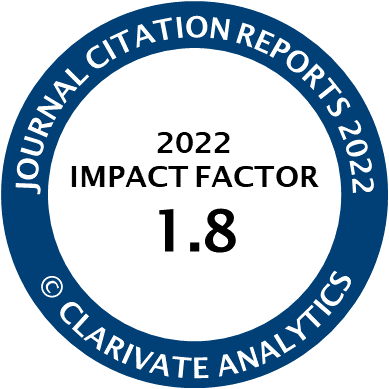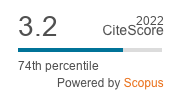Article | Open Access
The Preservation of Productive Activities in Brussels: The Interplay between Zoning and Industrial Gentrification
| Views: | 2416 | | | Downloads: | 2602 |
Abstract: Urban activities such as housing, productive space, green space, offices, etc., compete for scarce urban land, especially in cities with population growth, such as London and Brussels. Thereby, low-value uses such as production have a more vulnerable position in a private property market governed by real estate dynamics in comparison to high-value uses such as offices and housing. While local authorities of post-industrial cities grow more susceptible to revitalizing their relationship with productive activities, they risk losing the space to do so due to industrial gentrification. Based on the disappearance of production space in the case of the Brussels Capital Region (BCR), this article aims at evaluating how the BCR supports urban production, with a clear focus on zoning and the provision of production space. Although the BCR is a post-industrial city, it continues to lose production space at a rapid pace. Employing an analytical framework of urban settlement patterns of production, we analyse the production-related zone typologies in inner-city areas as well as in more peripheral mono-functional and mixed areas of the BCR. Our analysis of the production-related zone typologies of the BCR land-use plan demonstrates that industrial gentrification plays an important role in current deindustrialization processes. This article presents zoning strategies to regulate the private property market as well as public land strategies to preserve urban production space.
Keywords: industrial gentrification; industrial retention; mixed-use development; urban development; urban production; zoning
Published:
Issue:
Vol 5, No 3 (2020): Planning for Local Economic Development: Research into Policymaking and Practice
© Sarah De Boeck, Michael Ryckewaert. This is an open access article distributed under the terms of the Creative Commons Attribution 4.0 license (http://creativecommons.org/licenses/by/4.0), which permits any use, distribution, and reproduction of the work without further permission provided the original author(s) and source are credited.




